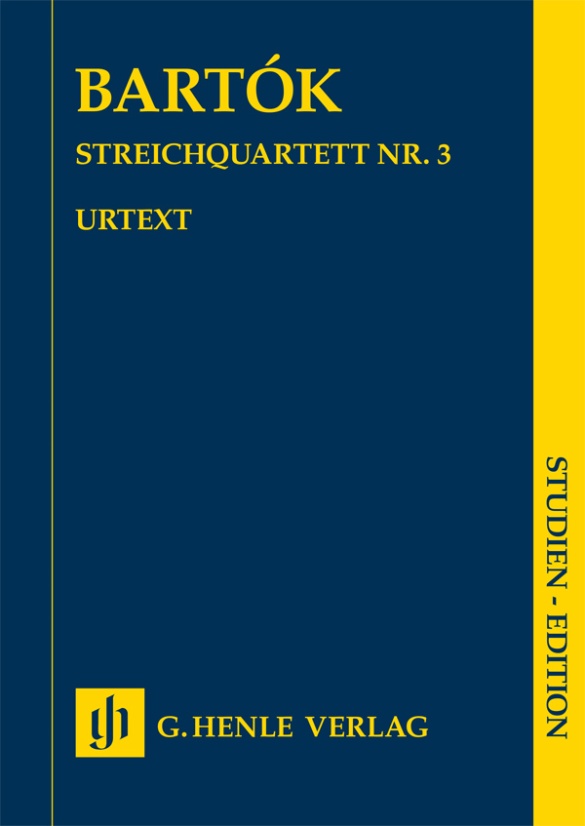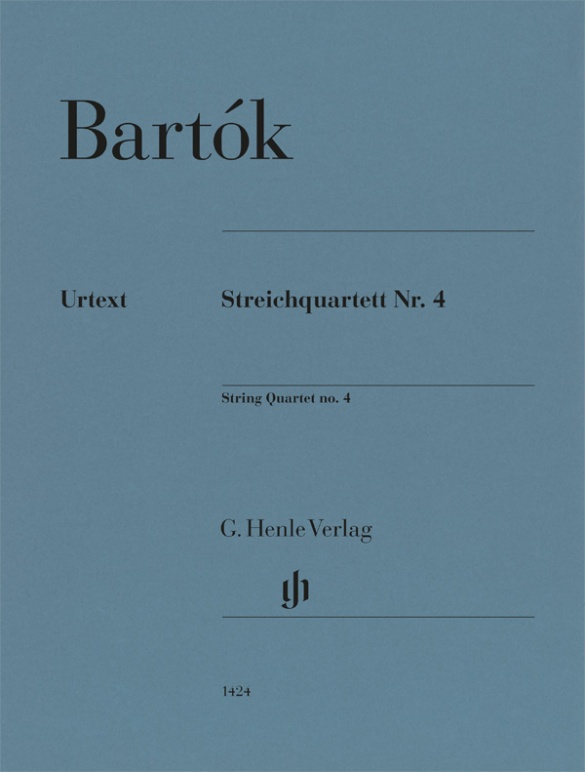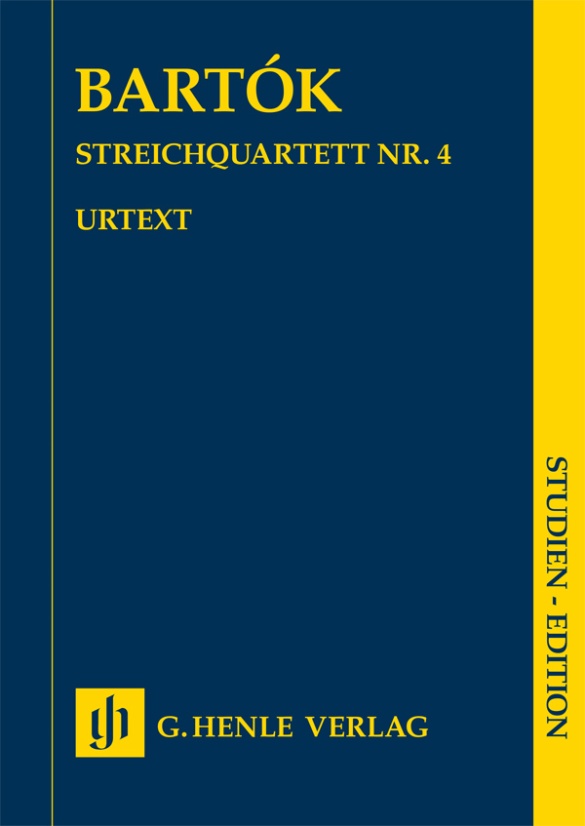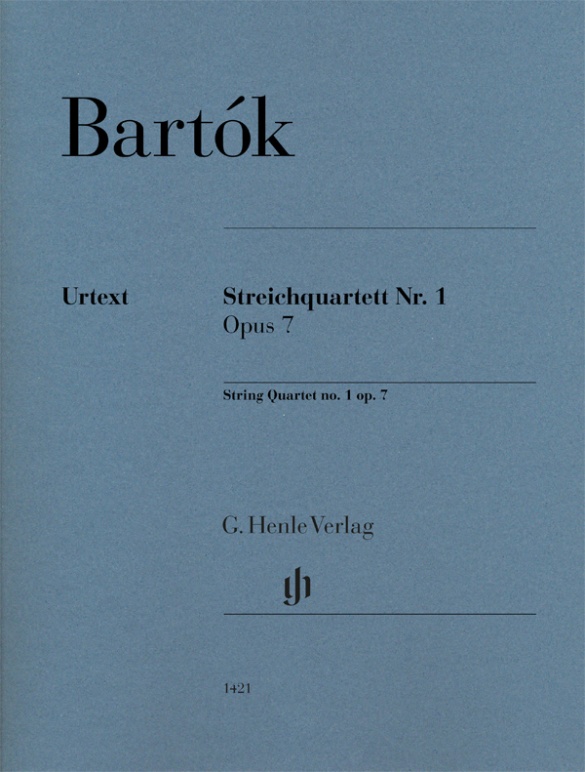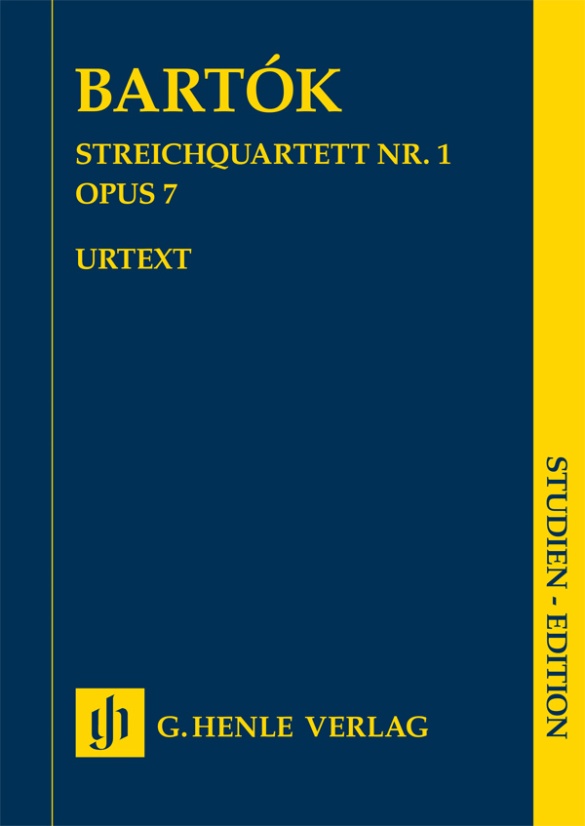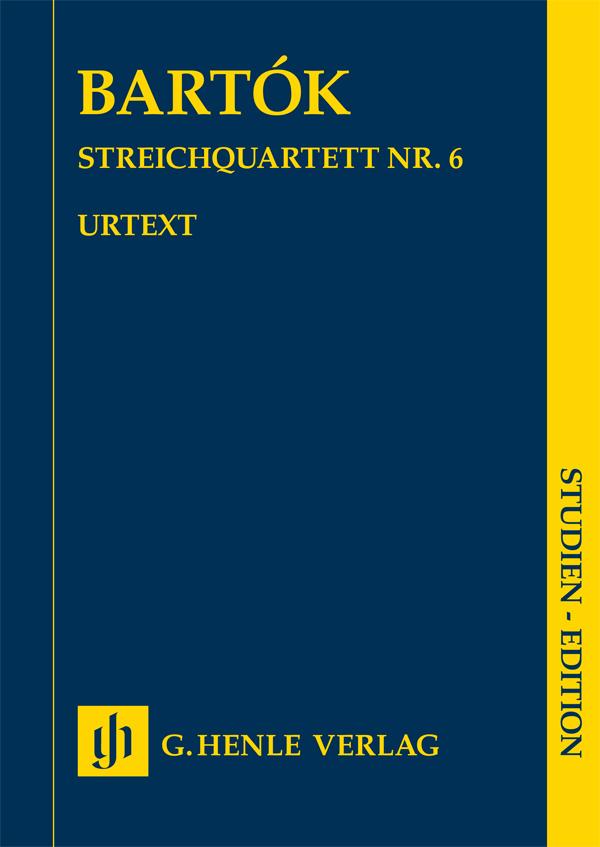

Béla Bartók
String Quartet no. 6
Bartók began work on his Sixth String Quartet in the summer of 1939 as a guest of Paul Sacher in the idyllic Swiss mountain village of Saanen, before the impending outbreak of war drove him first to Budapest and then into exile in America. The work was created at the urging of the New Hungarian String Quartet. Yet Bartók adamantly refused to allow it to be performed in Europe as long as the German occupation of Hungary continued. And so, the premiere took place in New York in 1941 by the Kolisch Quartet, with whom Bartók was closely connected. A theme already noted in the first sketches pervades the four-movement work like a musical motto. It is heard at the beginning of each of the first three movements and then becomes the main theme in the deathly pale final movement. Before that, Bartók unfolds his entire quartet artistry one last time, from the chromatic inflection of the opening movement through the grotesque “Marcia” up to the spectre-like “Burletta” with its deliberately off-tune glissandi and breath-taking pizzicato passages. Based on the scholarly findings of the Bartók Complete Edition, the new Urtext edition –presented here by the tried-and-tested Bartók team of László Somfai and Zsombor Németh, and issued by G. Henle Publishers – with parts equipped for performance and a handy study score, now provides the ideal basis for approaching this keystone in Bartók’s quartet oeuvre.
Content/Details
About the Composer
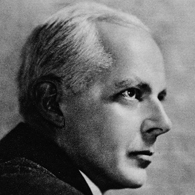
Béla Bartók
This composer, who numbers among the most important musical figures in the first half of the twentieth century, is known principally for his research into Hungarian folk music, the elements of which he incorporated into his style. His broad oeuvre includes numerous works for orchestra, piano, and chamber ensembles, as well as choral music; songs with piano accompaniment; and an opera.
| 1881 | Born in Nagyszentmiklós on March 25. First piano instruction from his mother. |
| 1893–ca. 1896 | Piano studies with László Erkel in Pressburg (Bratislava). |
| 1899–1903 | Studies piano and composition at the Budapest Academy of Music. Symphonic poem “Kossuth” in 1903. |
| from 1905 | Together with Zóltan Kodály he begins scientific field research into Hungarian folk music and thereby refutes conventional notions. He becomes acquainted with the music of Debussy. |
| 1905–07 | Suite No. 2, Op. 4, for small orchestra. |
| 1907–34 | Professor of piano in Budapest. |
| 1908–09 | “For Children,” 85 transcriptions of folk songs for piano, later only 79. |
| 1915–17 | String Quartet No. 2, Op. 17, with percussive playing techniques. |
| 1917 | Premiere of his ballet “The Wooden Prince.” |
| 1918 | Premiere of “Bluebeard’s Castle,” Op. 11 (composed 1911), partially based on the sounds of French music. |
| 1920 | Improvisations on Hungarian Peasant Songs, Op. 20. |
| 1926 | Performance of the pantomime “The Miraculous Mandarin.” Piano cycle “Out of Doors.” |
| 1926–39 | “Mikrokosmos” for piano (six volumes). |
| from 1934 | Editor of the complete edition of Hungarian folk music. |
| 1936 | Music for Strings, Percussion and Celesta as avant-garde work. |
| 1937–38 | Concerto (No. 2) for violin and orchestra. |
| 1940 | Emigrates to the United States. |
| 1945 | Piano Concerto No. 3; his concerto for viola remains unfinished. Death in New York on September 26. |
Product Safety Informations (GPSR)

G. Henle Verlag
Here you can find the information about the manufacturer of the product.G. Henle Verlag e.K.
Forstenrieder Allee 122
81476 München
Germany
info@henle.de
www.henle.com
recommendations
autogenerated_cross_selling
Further editions of this title
Further editions of this title


